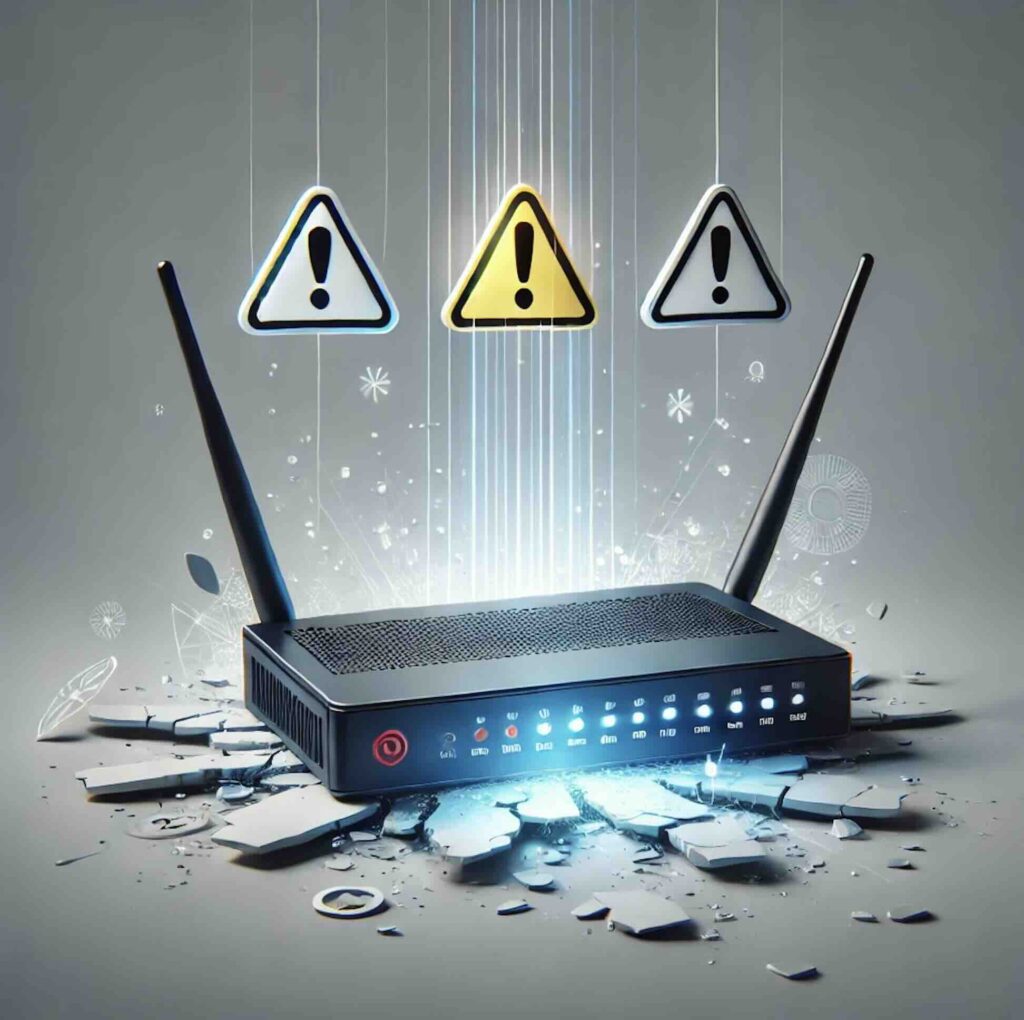
Table of Contents
As technology evolves, manufacturers inevitably retire older networking hardware that no longer meets modern security and performance standards. End-of-life networking hardware, often referred to as EOL devices, poses significant risks to users, especially when security vulnerabilities emerge and are left unpatched. A recent example comes from D-Link, which issued an urgent advisory for users to replace its legacy VPN routers after a critical security flaw was discovered. This article explores the dangers of continuing to use end-of-life networking hardware and provides actionable steps to secure your network.
The Dangers of End-of-Life Networking Hardware
When a device reaches its end of life, manufacturers stop providing firmware updates and security patches. This leaves it vulnerable to cyberattacks, even if critical vulnerabilities are discovered. D-Link’s advisory on the DSR-150, DSR-150N, DSR-250, and DSR-250N VPN routers highlights the risks:
- Critical Vulnerabilities: Security researcher “delsploit” discovered an unauthenticated remote code execution flaw impacting these routers. Without a fix, attackers could potentially exploit this to gain control of the devices.
- Unsupported Devices: D-Link explicitly states it will not release patches for these models, making them high-risk for continued use.
- Exposure Risks: Even with the latest available firmware, these routers remain vulnerable, leaving connected devices at risk.
Why Do Manufacturers Retire Devices?
The retirement of end-of-life networking hardware is often driven by several factors:
- Technological Advancements: Newer devices offer enhanced features, improved performance, and better security standards.
- Resource Allocation: Supporting outdated hardware diverts resources from developing and maintaining modern products.
- Market Demands: As user needs evolve, older devices may no longer meet expectations for speed, connectivity, and compatibility.
Signs It’s Time to Replace Your Networking Hardware
Not sure if your device is at risk? Here are clear indicators that it’s time to retire your hardware:
- No Firmware Updates: If your device hasn’t received an update in years, it’s likely end-of-life.
- Performance Issues: Slow speeds, dropped connections, or compatibility problems with newer devices may indicate outdated technology.
- Security Advisories: Check manufacturer websites for notices about vulnerabilities affecting your hardware.
Steps to Retire End-of-Life Networking Hardware
- Identify EoL Devices: Use tools like manufacturer advisories or network management software to identify outdated devices in your setup.
- Research Replacements: Look for modern alternatives that meet your needs. Consider features like Wi-Fi 6, VPN support, and built-in security tools.
- Secure Your Network During Transition: If replacing the device immediately isn’t feasible, use strong passwords, disable unused features, and monitor network activity for unusual behavior.
- Dispose of Devices Securely: Before recycling, wipe all data from the device to prevent unauthorized access.
Risks of Keeping End-of-Life Networking Hardware
Ignoring the need to replace EoL devices can lead to serious consequences, including:
- Data Breaches: Vulnerable hardware can serve as a gateway for attackers to access sensitive data.
- Compliance Violations: Businesses using outdated equipment may fail to meet industry security standards.
- Downtime and Costs: Exploited devices can lead to network outages and costly repairs.
The D-Link Case: A Cautionary Tale
D-Link’s advisory serves as a stark reminder of the importance of upgrading hardware. The company warned users of its DSR-series VPN routers to stop using them immediately due to unpatchable vulnerabilities. While third-party firmware might seem like a temporary fix, D-Link does not recommend or support this solution, emphasizing the risks of relying on obsolete technology.
Secure Your Network Today
Retiring end-of-life networking hardware isn’t just about upgrading to the latest technology—it’s about protecting your data, devices, and network from evolving cyber threats. If you’re still using legacy hardware, take action now to secure your system and avoid becoming a target for attackers. By staying proactive and replacing outdated devices, you can ensure a safer, more reliable network for years to come.

